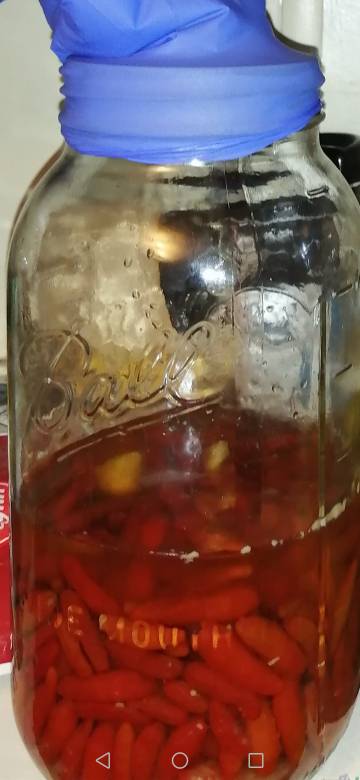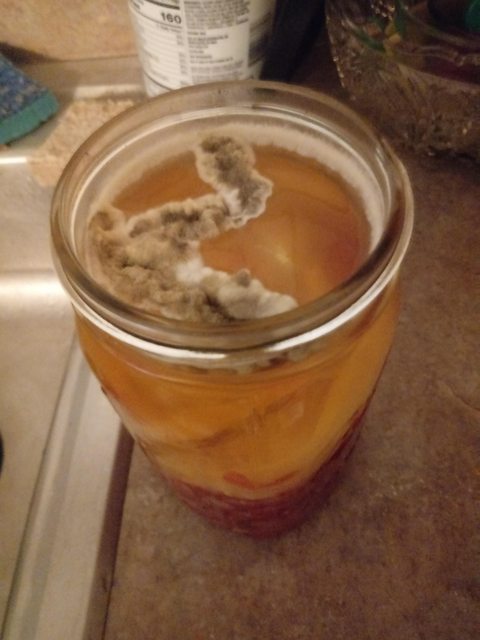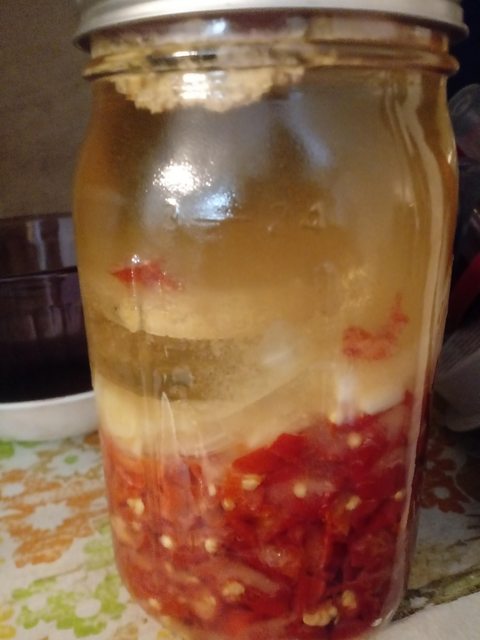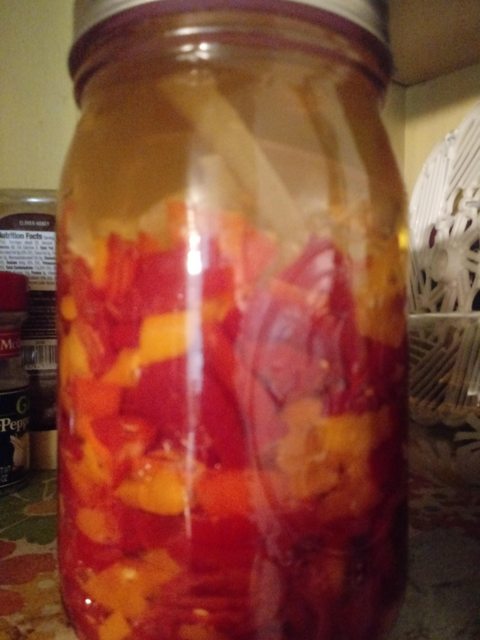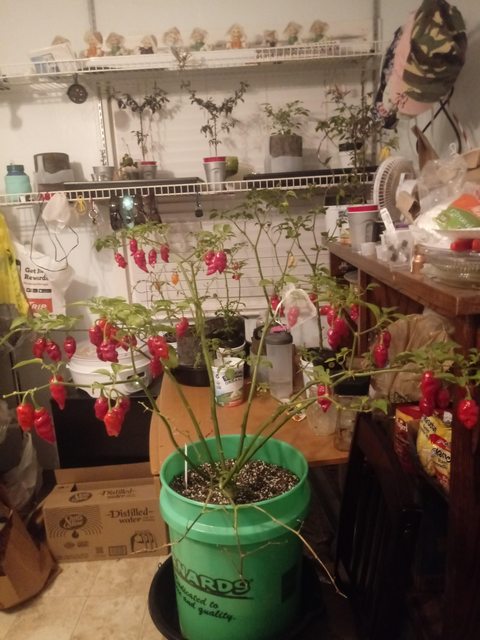Cooking is necessary unless you add vinegar to the sauce to stop fermentation, correct?
salsalady said:Edit- I also need to clarify...once the ferment has gone as long as you want, and it is at a good low pH...it is not automatically shelf stable! At this point, you have 2 choices.
Refrigerate it like kimchee and eat it in a timely manner...or....
Cook it and bottle it following directions in the Making Hot Sauce 101 thread.
If the sauce is just blendered and bottled, it is still actively fermenting and could explode. Refer or cook.

